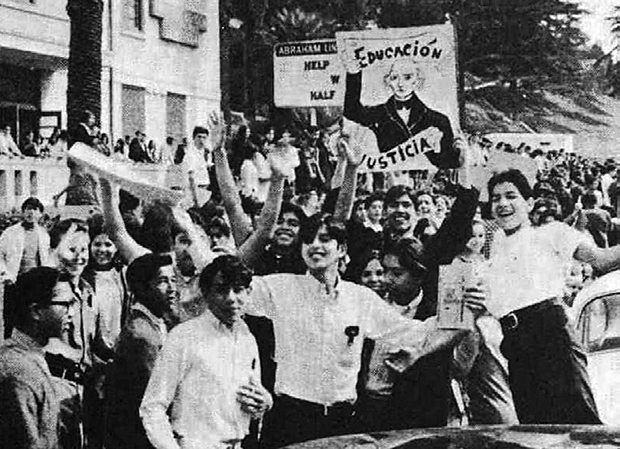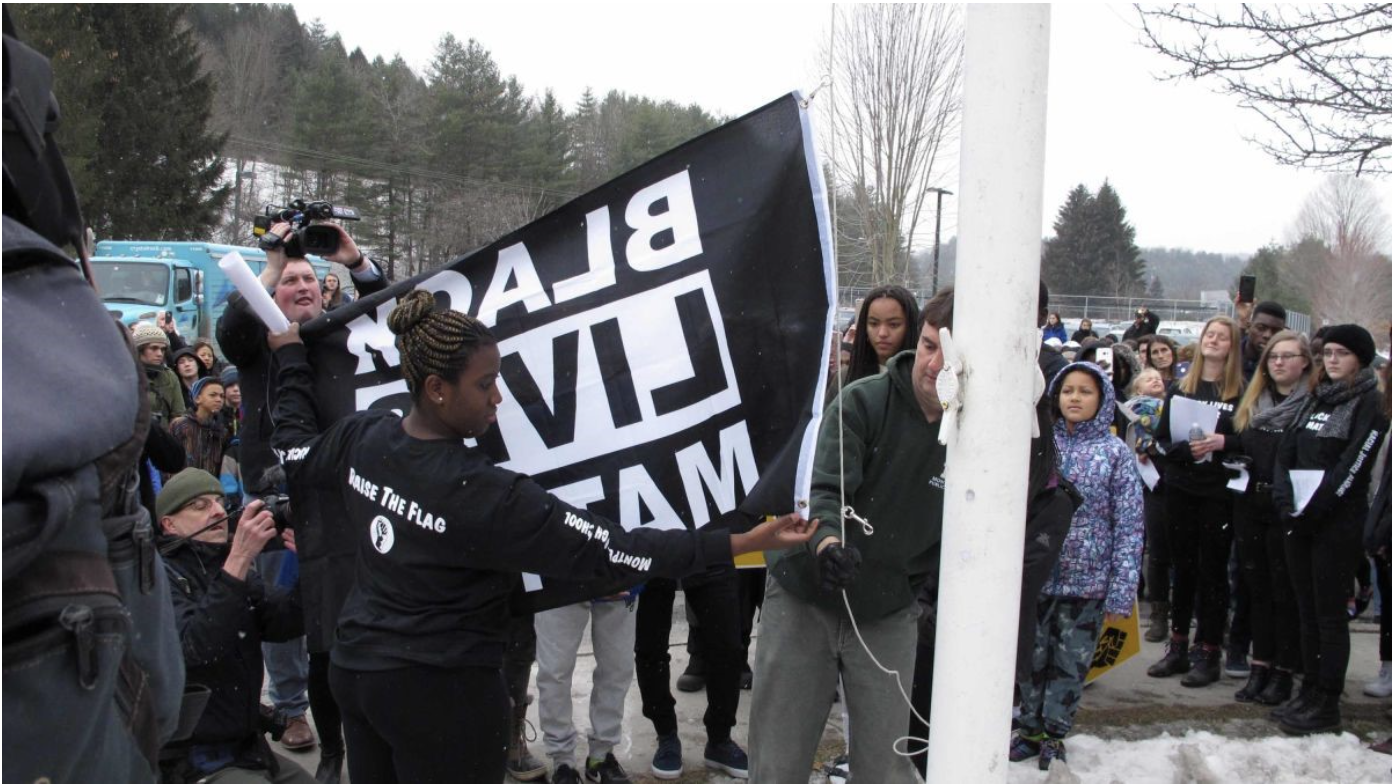By Iliana Flores-DuMond
We all want Texas students to be independent thinkers who are engaged in their communities. But how can we expect young Texans to learn these skills while simultaneously making it more difficult for them to vote, failing to create spaces that value student input, and neglecting to teach students the value and power of civic participation?
The education system is the perfect place for children and young adults to begin to understand their rights. The UNICEF Convention on the Rights of Children stipulates that children not only have the right to an education, but that they should be safe during their schooling, and that schools should never use violence against students. It also states that students should be taught their rights, how to respect the cultures and differences of others, and should have access to cultural and creative activities. The U.S. has so far refused to sign onto the Convention, and U.S. schools often fail to ensure that students have safe and supportive learning environments. Moreover, too many schools do not embrace that students who exercise their rights are meaningfully contributing to the educational environment and making positive changes within their communities. Schools should not simply be institutions for youth, they should be spaces crafted by the youth where they are given the opportunity to practice and perfect the skills that make them capable citizens.
In practice, children in the U.S regularly have their rights restricted and ignored. For instance, Legislation in Texas prohibits students from receiving credit for participation in organizations that encourage civic engagement. Schools across Texas have banned books with protagonists from marginalized communities. Ethnic studies classes and other kinds of cultural enrichment in schools are sparse and highly contested. All these examples illustrate the ways in which public education has yet to fully realize the rights of students.
Young people need to learn about and exercise their rights early and often if we expect them to be able to do so as adults. Like any other skill, students learn civic knowledge and attitudes when they can actively practice feedback and democratic processes. Whether it be via simulated class elections, discussions on key civic topics, or encouraging and teaching about social action, schools could incorporate civic opportunities in a variety of ways.
Giving students more control over their learning environments is not just good civics. It also makes for stronger school systems. Students are experts in their own experiences and know firsthand what could be done to make schools safer, more culturally sensitive, and closer to meeting their needs.
Young advocates have been exercising their rights and making positive changes all throughout history.

For example, in 1965 Mary Beth Tinker wore a black armband to school in protest of the Vietnam War. Although she faced consequences for disruption in school, the Supreme Court ultimately ruled that she had the right to express her opinions in school, establishing youth protest in schools as a protected right that still applies to students today.

In 1968, students in L.A. organized the Chicano Blowouts, protesting racial discrimination, poor conditions in schools, and lack of rigorous, diverse coursework. By doing so, they drew national attention to the fight for racial equity in schools.

More recently, a black student group in Montpelier, Vermont, successfully advocated to raise a Black Lives Matter Flag at their high school. They were the first high school in the nation to do so, setting the precedent for new ways that schools could support the causes that matter most to their students.
Not only have students demonstrated their rights throughout history, but there are also plenty of examples of schools who have encouraged students to exercise their rights and participate in school policymaking. Four Dwelling High School in Birmingham established “Teaching and Learning Discussion Groups,” in which students provided feedback on a holistic school improvement plan. Each term the group of students that participates changes, allowing different cohorts to express their thoughts. This is a great way to allow students to meaningfully practice using their rights and address a variety of needs. Another example is St. Joseph’s High School in South Tyneside, which has a school council with students elected at each grade level. The council then plays a crucial role in policymaking, aiding in drafting things like the school homework policy.
The examples above demonstrate how productive embracing student participation can be. Not only does student participation create better institutions, it also creates well-rounded capable youth who understand their rights and how to use them. All schools should work toward integrating mechanisms of student engagement so students will be prepared to exercise their rights to the fullest.
Not only does student participation create better institutions, it also creates well-rounded capable youth who understand their rights and how to use them.
Although institutional change doesn’t occur overnight, there are plenty of ways to begin to change the climate of your school to be more receptive to student rights. Some ideas school officials should strongly consider include:
- Establishing a system for student feedback like a Youth Advisory Board. A Youth Advisory Board consists of a group of students who represent the student body as a whole and are consulted by administrators and teachers about policy decisions. Unlike a student council, they have input when crafting school policy. By giving students a direct outlet to provide feedback, you are allowing them to have input in their own educational career. This is both empowering and gives insight into the specific needs and wants of your student body.
- Host elections for big policy changes. Students are experts in their own experience. Allowing them to vote on decisions that drastically impact their educational experience teaches them the value of the democratic process and allows them to have a say in their school.
- Encourage students to take an active role in their community outside school too. Make sure your students are informed about what is going on at the local, state, and federal level. By informing them of current events, you provide them with more opportunities to engage with the leaders in their communities.
It’s the job of educators to challenge students and help them realize their full potential. It’s time that schools start to fully realize their role as a pillar in students’ civic and personal development. Afford students basic respect and rights, and they are bound to make limitless positive change.
Author

Iliana Flores-Dumond
Youth Civic Education and Engagement Intern, Children’s Defense Fund – Texas
